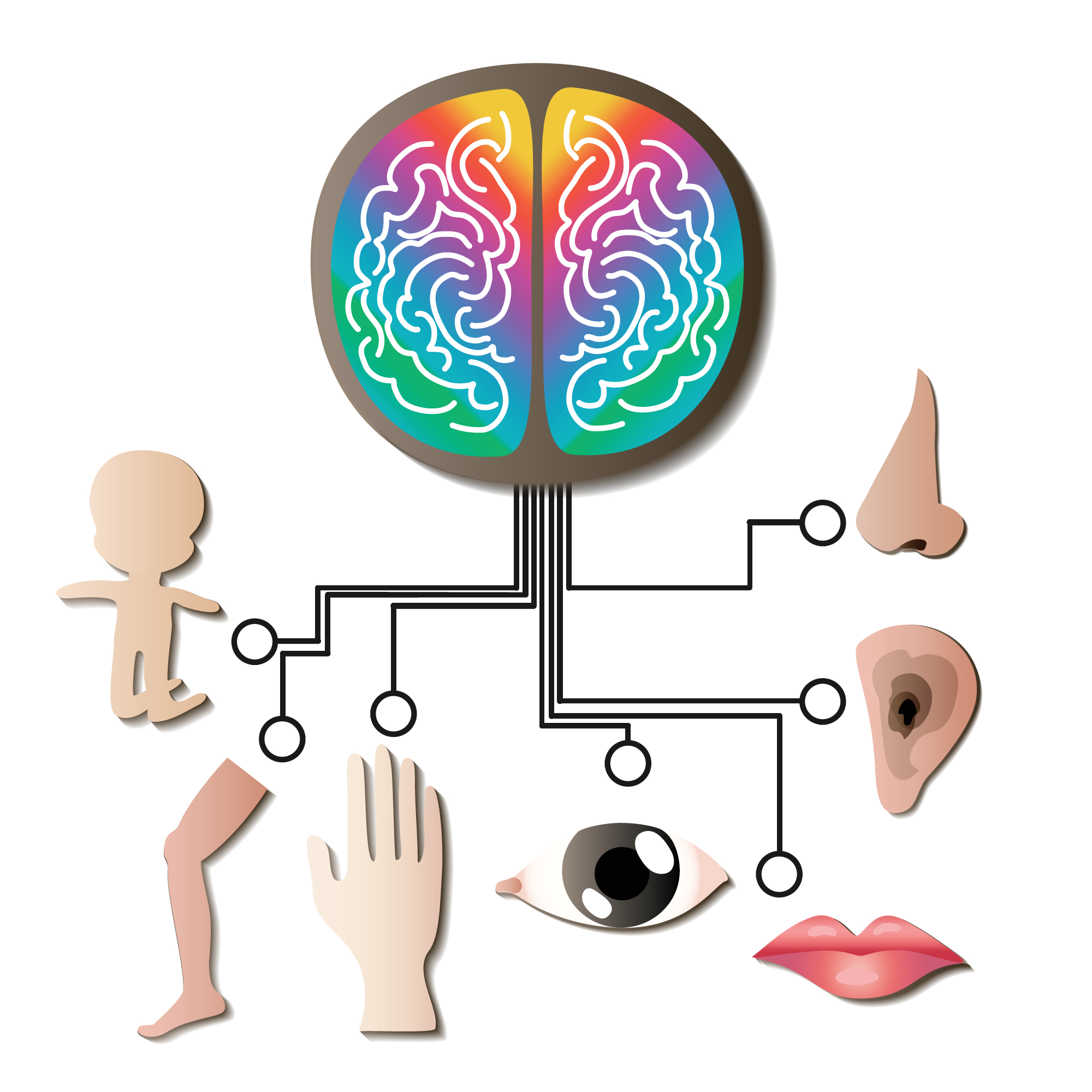A Guide to Understanding Sensory Diets for Children with SPD
Author: DrSensory
May 1, 2025
A Guide to Understanding Sensory Diets for Children with SPD
Sensory diets can be powerful tools for supporting children with Sensory Processing Disorder (SPD). But what exactly is a sensory diet, and how can parents, educators, and therapists use one to help kids thrive? This comprehensive guide explains the essentials of sensory diets, breaks down practical strategies for managing SPD, and offers expert advice and actionable tips for therapy planning and everyday life.

Introduction to Sensory Processing Disorder (SPD)
Sensory Processing Disorder affects how the brain receives and responds to information from the senses. Children with SPD may be overly sensitive to stimuli like sounds or touch, or not respond enough. This can lead to challenges such as meltdowns, anxiety, difficulty focusing, and trouble with motor skills.
Parents, educators, and therapists often ask, “How can I help my child with SPD?” or “What’s the best treatment for SPD?” The answer is rarely one-size-fits-all, but integrating a sensory diet is a well-researched approach that can make daily life much more manageable for children and those supporting them.
What is a Sensory Diet?
“A sensory diet is not about restricting foods; it’s about providing the sensory input the child needs to function optimally throughout the day,” says Occupational Therapist Julianna T.
A sensory diet refers to a carefully curated schedule of activities and tools designed to provide the sensory input a child needs. Just as a balanced food diet helps a child’s body grow, a sensory diet nurtures sensory systems, supporting emotional regulation, attention, and overall well-being. The activities can include everything from tactile play and movement breaks, to deep pressure input and oral motor exercises.
Benefits of Sensory Diets for Children with SPD
“Consistent and tailored sensory input can significantly improve a child’s ability to focus, learn, and interact with their environment.”
– Joan G, Pediatric Therapist
Sensory diets benefit children with SPD in several ways:
- Reduce Sensory Overloads: Proactive, scheduled activities can stave off meltdowns and help children feel more in control.
- Improve Focus and Attention: Kids get the key input they need to concentrate in classrooms and at home.
- Enhance Social Interactions: Balanced sensory input makes it easier for children to join in with peers and participate in group settings.
- Build Confidence and Independence: Mastering sensory activities helps children feel more competent and improves self-esteem.
- Support Overall Well-Being: Sensory diets can help manage anxiety, build resilience, and promote calmness.
Key Components of a Sensory Diet
SPD Specialist Emily White notes, “Sensory diets should be a collaborative effort between therapists, parents, and educators to ensure the child’s needs are being met holistically.”
Key elements of an effective sensory diet include:
1. Deep Pressure Input
- Weighted blankets/vests: These provide steady, calming input to soothe anxiety and foster focus.
- Big bear hugs: Gentle squeezes mimic deep pressure touch, grounding children who crave this input.
2. Tactile Stimulation
- Fidget toys: Stress balls and textured toys help channel restless energy and provide touch-based comfort.
- Sensory bins: Fill bins with rice, beans, or water for engaging, safe tactile exploration.
- Textured mats or putty: Encourage little hands to squeeze, squish, and explore.
3. Vestibular (Movement) Input
- Swings (platform and hammock): Help children build balance and coordination while offering soothing motion.
- Jumping or bouncing: Trampolines, hopping games, or even yoga balls can fulfill this need.
4. Oral Motor Input
- Chewy tubes/necklaces: Provide safe options for children who seek oral input, helping them self-regulate and focus.
- Crunchy snacks or blowing activities: Simple, everyday activities like blowing bubbles or eating crunchy veggies can fit right into a sensory diet.
5. Sensory Corners and Classroom Accommodations
- Quiet corners: Spaces with dim lighting, headphones, and weighted items allow children to self-soothe.
- Flexible seating: Wobble stools or soft floor cushions can help meet a child’s sensory needs while learning.
How to Create a Sensory Diet Plan
Every child with SPD is unique. Physical Therapist Eva Lassey PT, DPT, emphasizes, “It’s important to remember that every child is unique, and what works for one may not work for another. Sensory diets need to be customized and adjusted over time.”
Here’s a step-by-step process to get started:
Step 1: Collaborate with Professionals
Start with a full assessment from an occupational therapist or pediatric therapist. Use evidence-based checklists and parent/teacher observations.
Step 2: Identify Sensory Preferences
Notice when and where your child seems dysregulated. Are meltdowns more common before meals, during transitions, or after school?
Step 3: Select Appropriate Sensory Activities
Match strategies to the child’s input needs. A sensory-seeking child may need more frequent, intense experiences, while a sensory-avoidant child benefits from gentle, soothing input.
Step 4: Schedule Activities Throughout the Day
Build routine by scheduling activities before difficult transitions, or at regular intervals. Use visuals, timers, or fun cues for reminders.
Step 5: Communicate and Adjust
Monitor progress. Have regular check-ins with your child, teachers, and therapists to tweak the plan for best results.
Activities and Tools for Sensory Diets
Therapy for kids should be engaging and safe. Incorporate these activities and tools:
- Weighted Blankets and Vests: Deep pressure items for nap time, reading, or calming breaks.
- Fidget Toys: Keep a basket handy at home, or a discreet fidget in a classroom desk.
- Sensory Bins: Rotate fill materials (rice, beans, kinetic sand, water beads) to keep things interesting.
- Swings and Balance Boards: Set up a small play area at home or ask about adaptive equipment at schools and clinics.
- Chewy Tubes and Necklaces: Offer as needed during challenging tasks (like homework or group work).
- Personalized Sensory Corners: Design with your child’s preferences in mind (colors, textures, patterns).
- Classroom Accommodations: Work with educators for flexible seating, movement breaks, and quiet work spaces.
Common Challenges and Solutions
While managing SPD is rewarding, it’s not always simple. Here are typical hurdles and ways to address them:
Challenge 1: Overwhelm from Too Many Activities
Solution: Start with one or two core strategies and add more as your child adapts.
Challenge 2: Consistency Between Home and School
Solution: Communicate often with teachers and therapists. Share logs about what works and bring favorite tools to both settings.
Challenge 3: Costs and Accessibility
Solution: DIY options often work as well as commercial products. Make fidget toys from common materials, use couch cushions for deep pressure, or fill homemade sensory bins with inexpensive items.
Challenge 4: Social Stigma or Embarrassment
Solution: Explain the purpose of sensory tools in age-appropriate language. Work with teachers to foster inclusivity and understanding in classrooms.
Challenge 5: Outgrowing Activities
Solution: Regularly reassess preferences and consult your therapy team to update tools and activities as your child grows.
Resources and Support for Parents and Professionals
Seeking help is essential to managing SPD well. Here are resources for evidence-based support and tools:
- Find a Therapist: Use DrSensory’s Therapist Database to connect with qualified occupational, physical, or speech therapists.
- Find a Therapy Clinic: DrSensory’s Clinic Directory lists local clinics specializing in pediatric therapy.
- Online Communities: Join parent support groups, educator forums, or professional associations for sharing strategies and encouragement.
- Books and Guides:
-
- “The Out-of-Sync Child” by Carol Kranowitz
- “Sensational Kids” by Lucy Jane Miller
- Websites & Blogs: DrSensory, SPD Foundation, Understood.org
Empowering Children with Sensory Diets
Supporting a child with Sensory Processing Disorder can be challenging, but understanding and using sensory diets offers hope and real change. “Consistent and tailored sensory input can significantly improve a child’s ability to focus, learn, and interact with their environment,” says pediatric therapist Joan G.
Whether you’re a parent seeking practical home strategies, an educator looking for effective classroom tools, or a therapist in search of evidence-based approaches, sensory diets offer structured, flexible, and effective ways to help children with SPD flourish.
Take the first step by learning more at DrSensory, exploring local clinics, or finding an experienced therapist through the DrSensory Therapist Database. Empower every child to thrive by understanding their unique sensory needs and giving them the tools they need for lifelong success.
related blogs
Separation anxiety can feel really hard for both kids and parents. For families with kids who have special needs, it
Separation anxiety can be tough on any child, but for children with special needs, it often goes hand in hand
Picture this scene: You’ve finally gotten your baby into a comfortable sleep routine. Nights are restful, naps are scheduled, and
Sleep regressions can feel like an uphill battle for parents. One moment your baby is sleeping soundly, and the next,
Sleep regressions are a temporary yet challenging phase many parents encounter as their babies and toddlers grow. Understanding the approximate














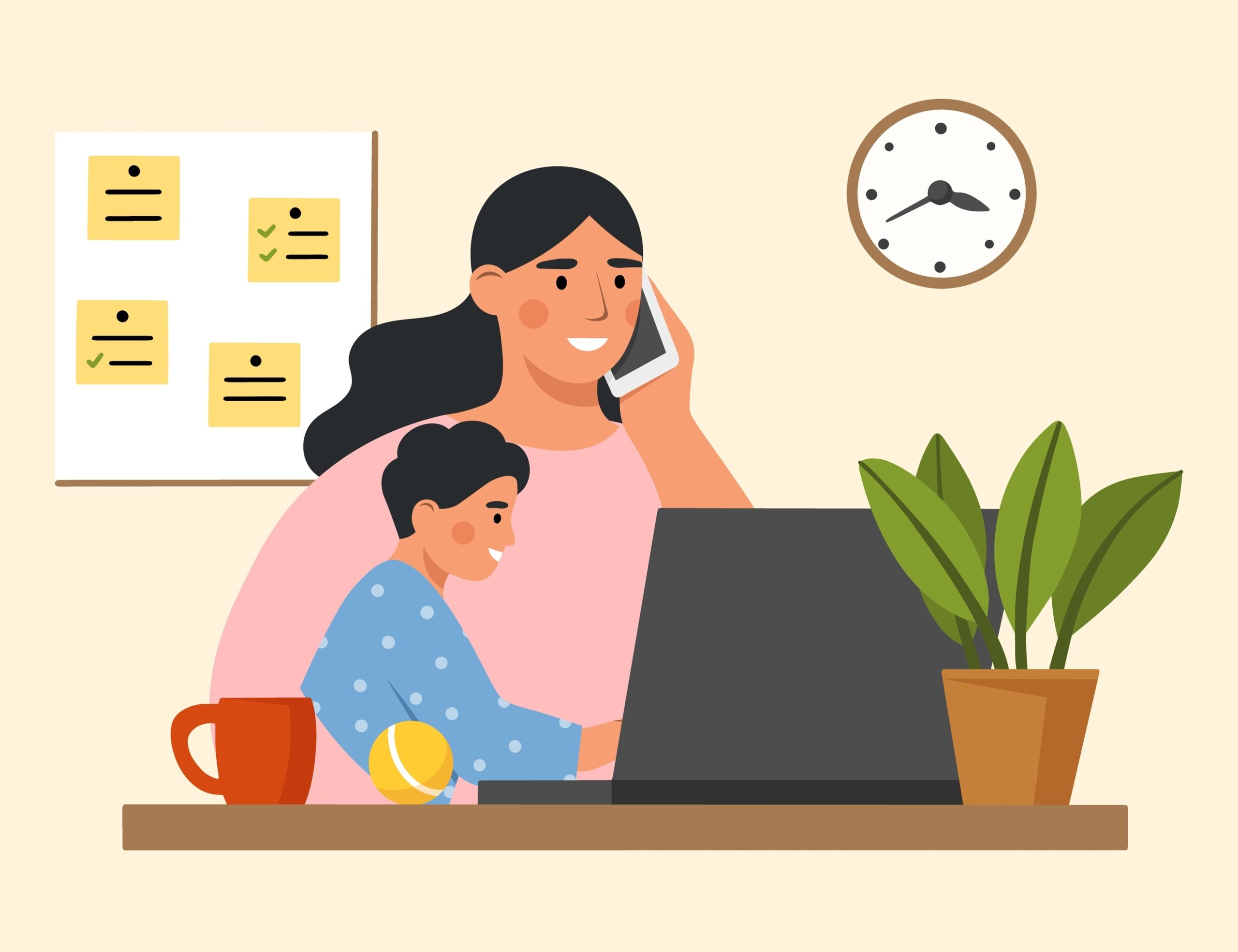


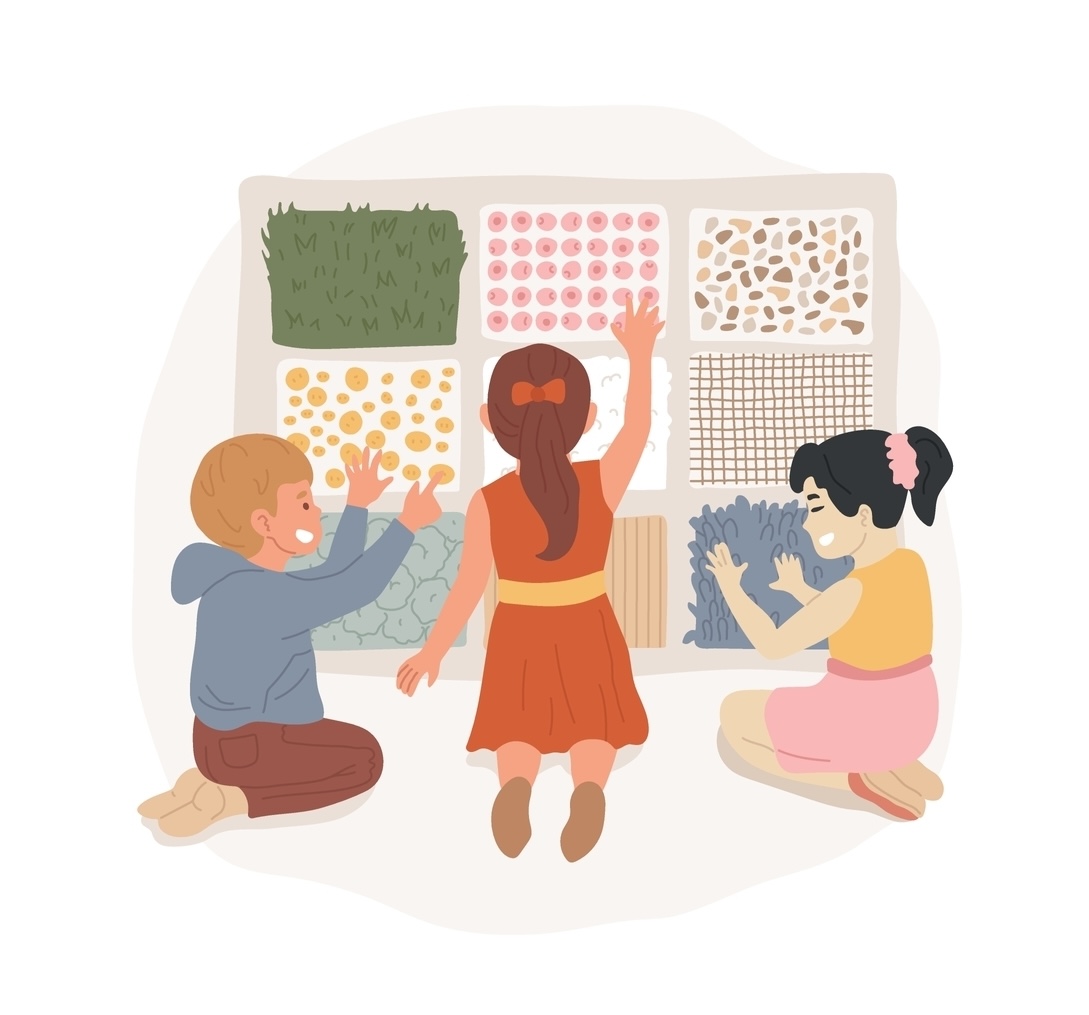


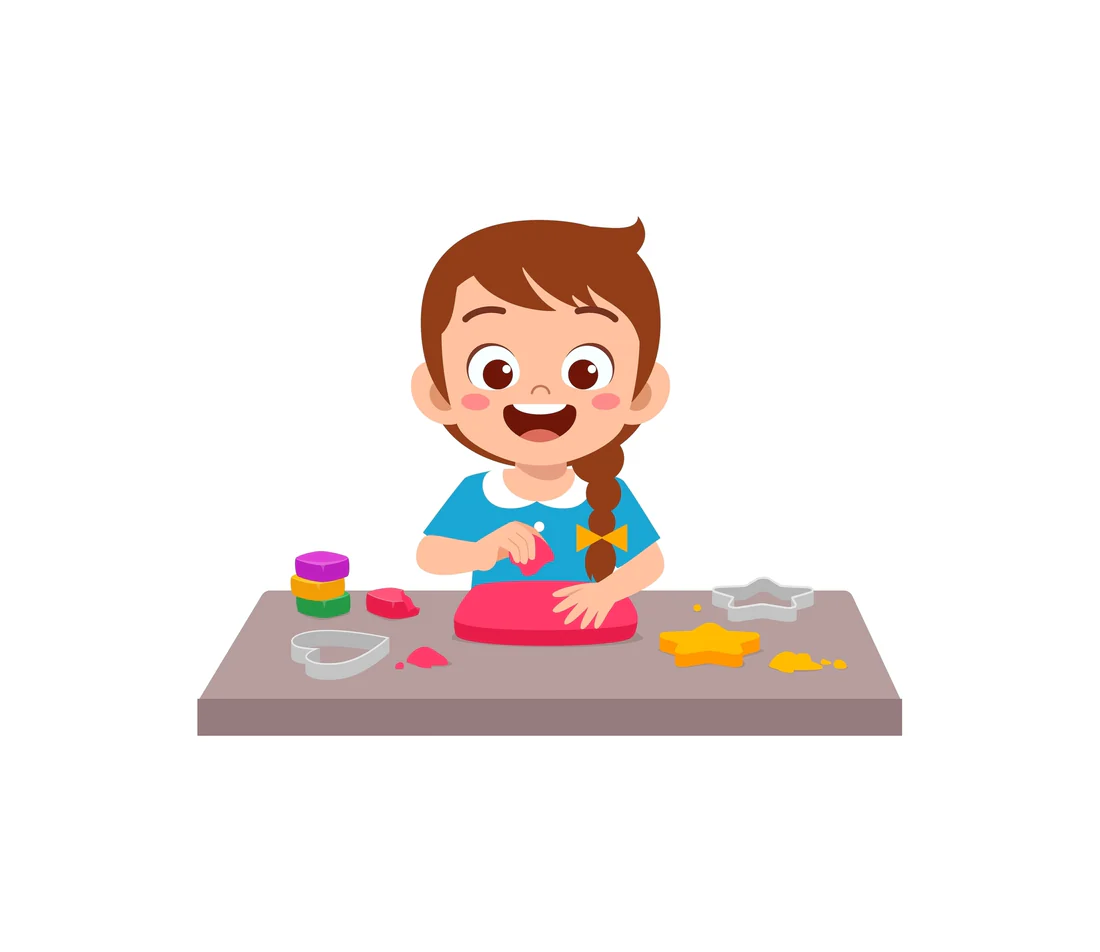

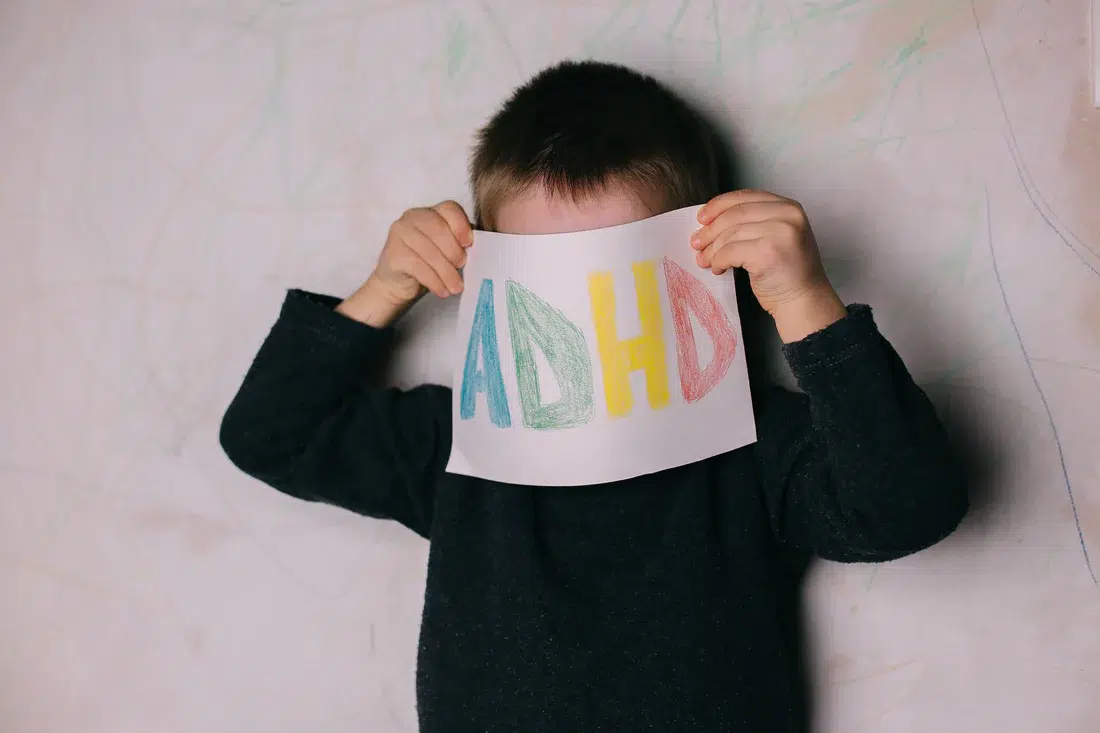


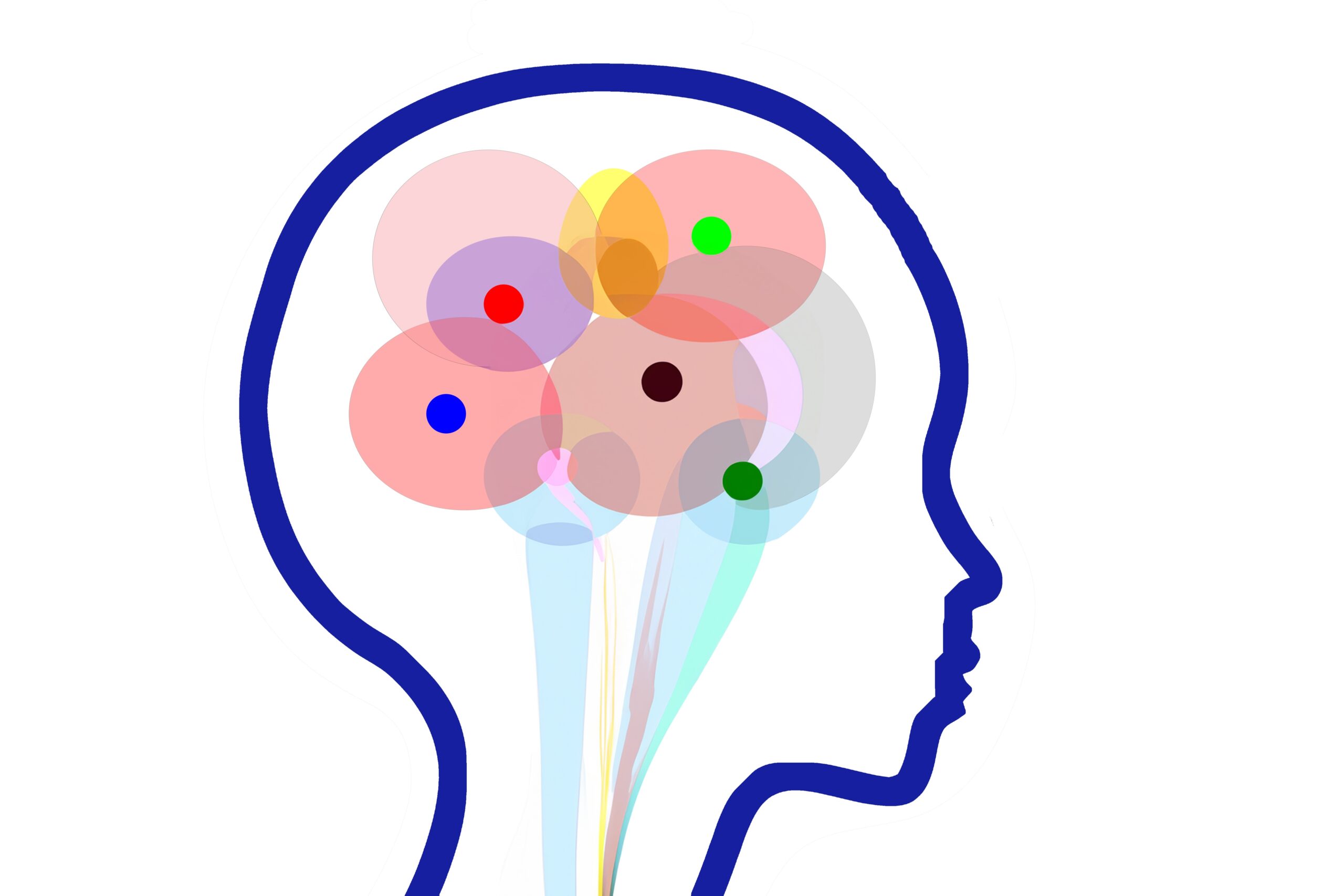
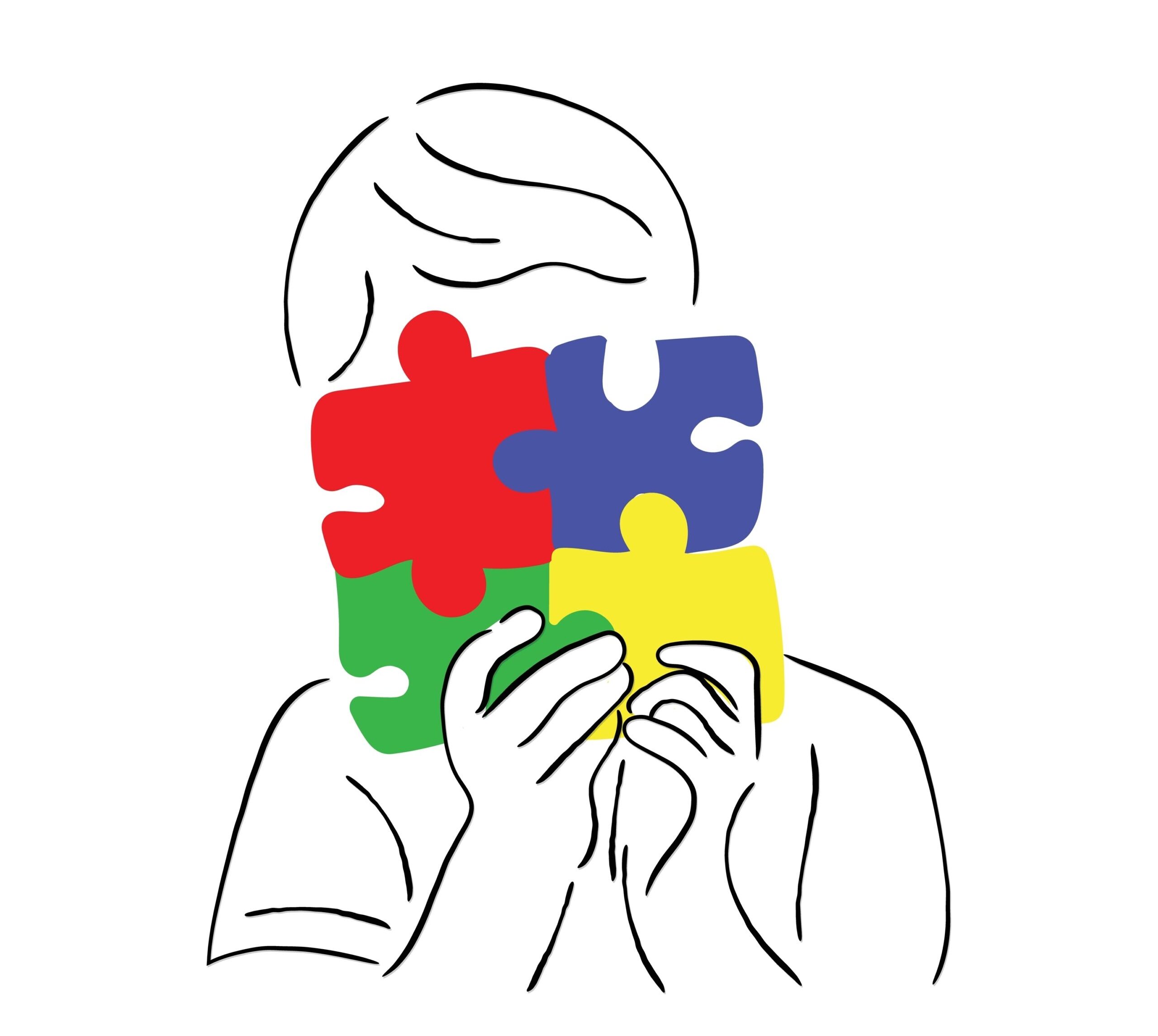
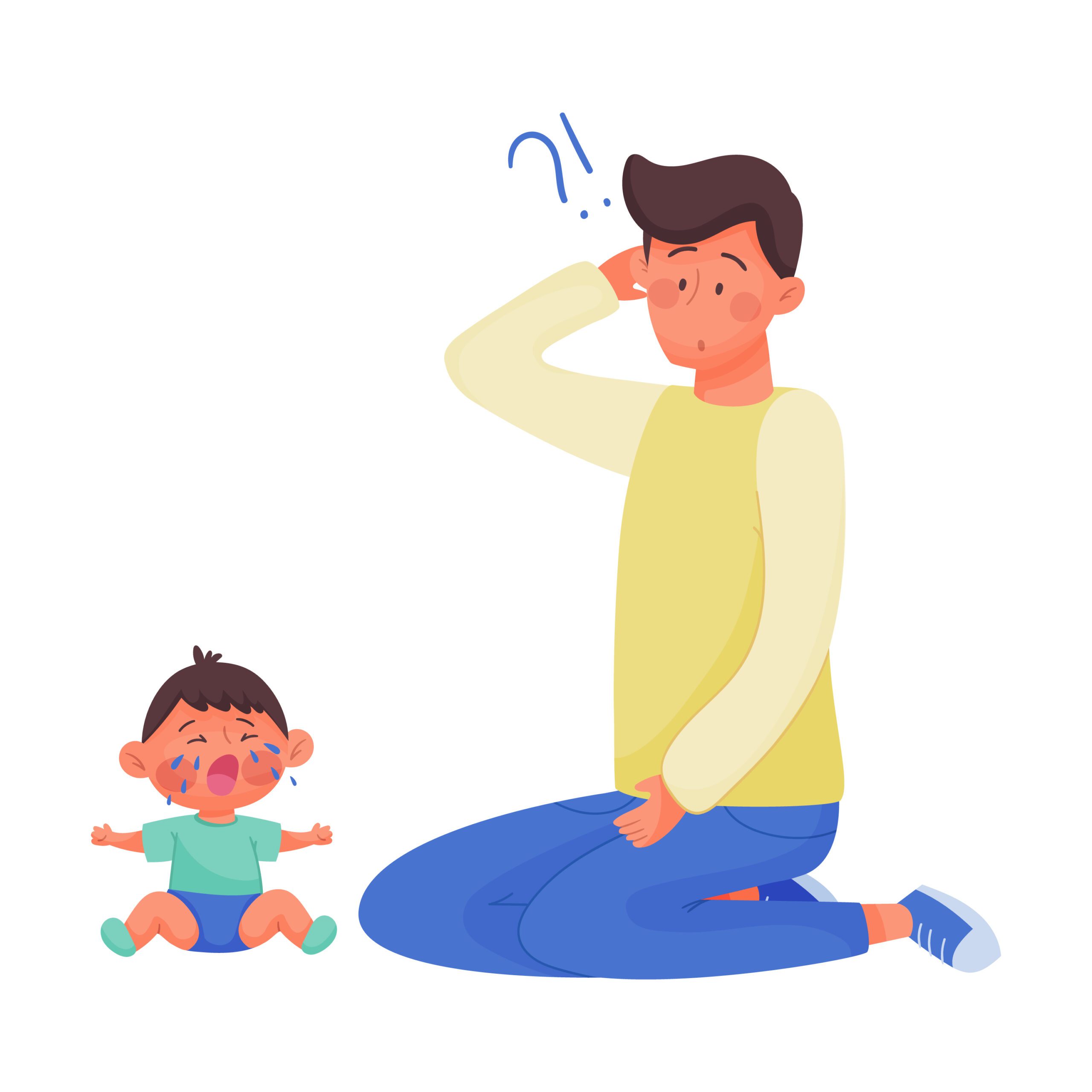

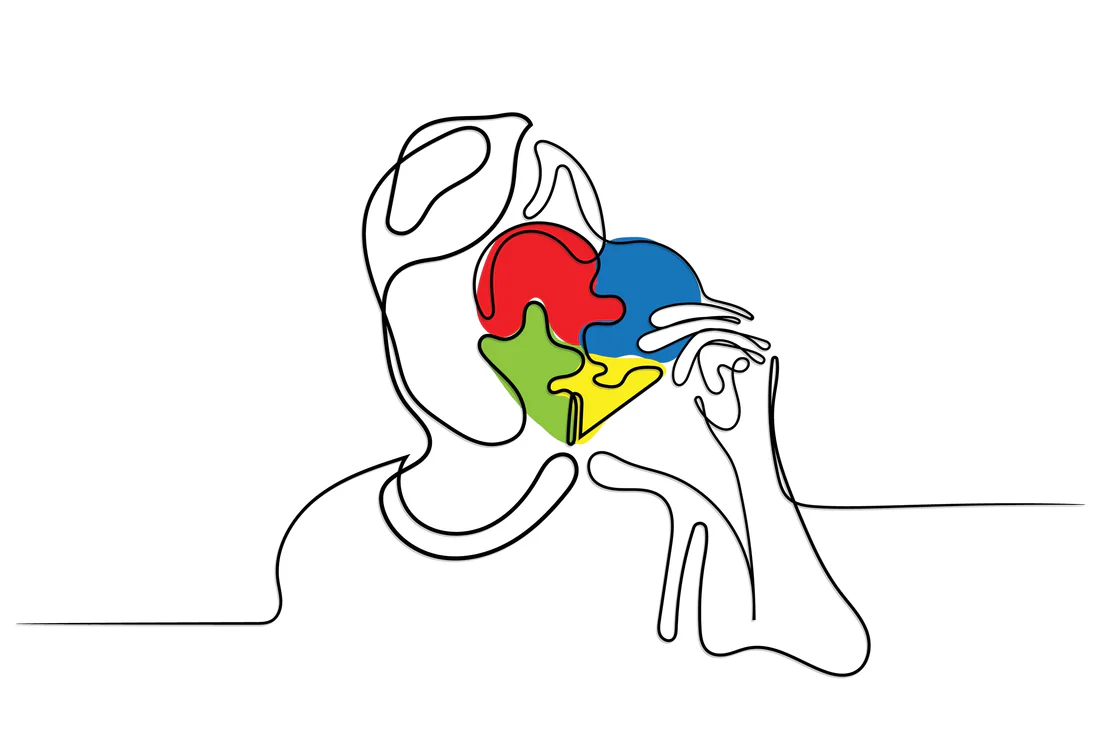










 Speech Therapy
Speech Therapy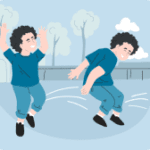 Physical Therapy
Physical Therapy Occupational Therapy
Occupational Therapy




